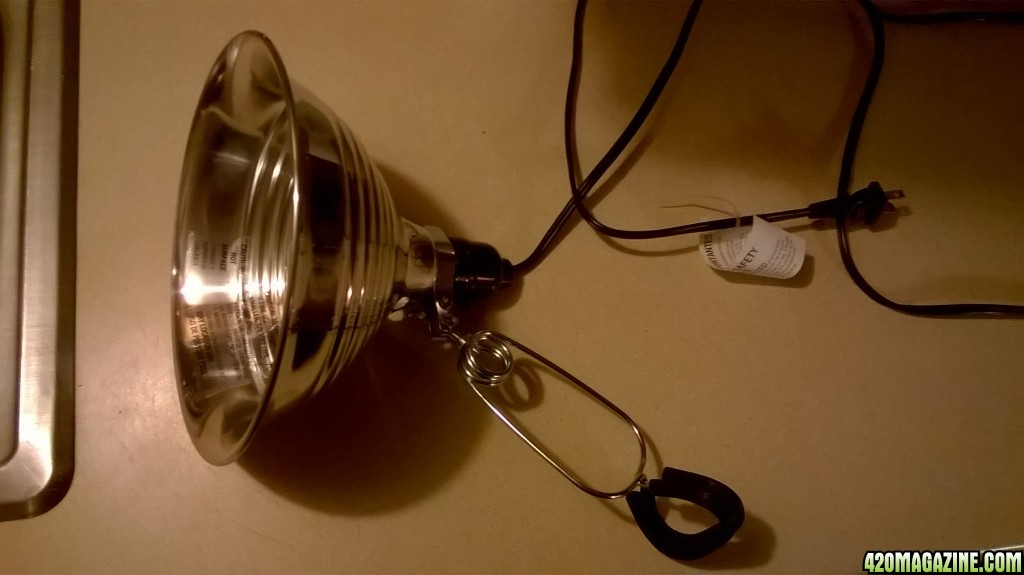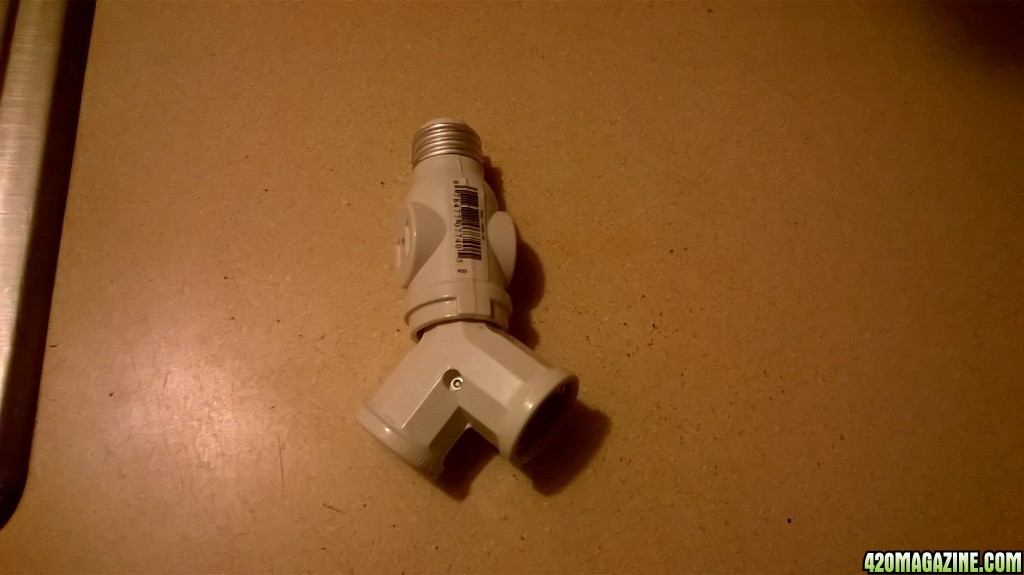Okay so I had these 2 bagseeds and I planted them about 3 weeks and a half ago and this is what they came out looking like so far.
I wanted to know if this is basically the first stage of Vegetation.
Even though I know I shouldn't, I diluted about 20 ounces of water with one teaspoon of GrowBig and I put it in a spray bottle and I moistened the soil. I don't spray directly on the plants. Just a mist in the air for humidity.
I just started giving them this water about 2 days ago. The yellowing on the leafs were there before I put nutrients in the water. So I'm guessing its because the plant had water on it and the lights burned through it.
I don't overwater my plants, at all and I usually keep the temperature at 70 through 80.
I also have it next to my window so it has plenty of natural air flowing through it via the fan as well.
The left light is 2700k 23w
The right light is 3500k 23w , I will get more later, I'm on a tight budget
I have a timer set for 16 hours on and 8 hours off.
This is the tall plant which is about 5 1/2 inches.
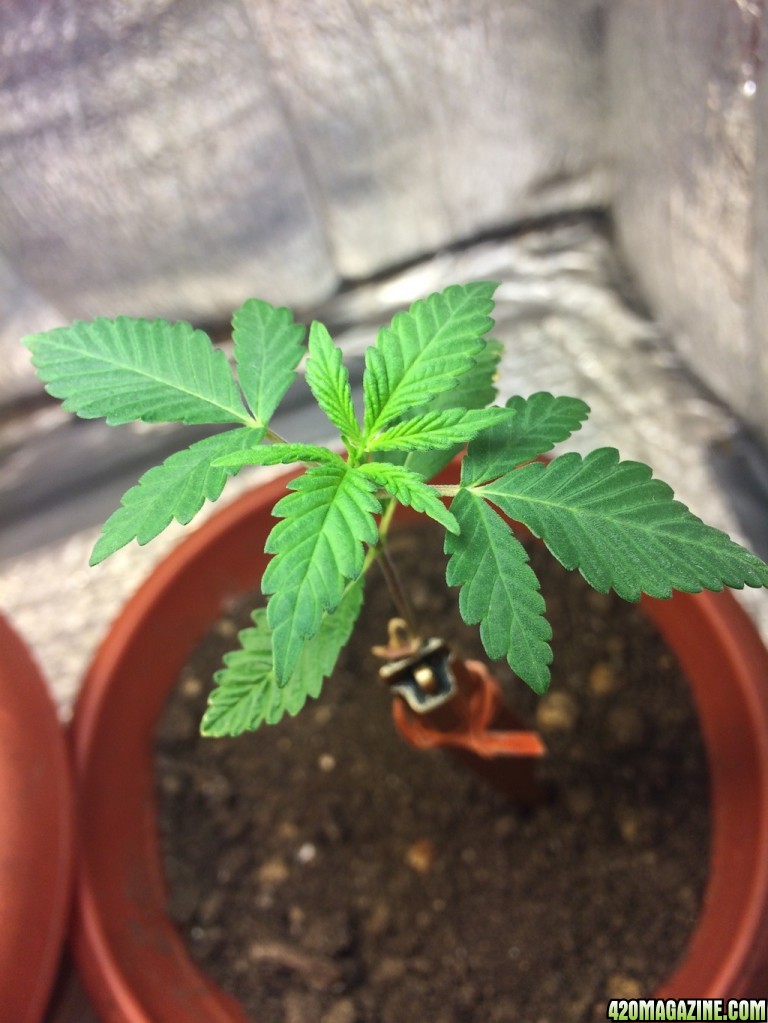
This is the yellowing:
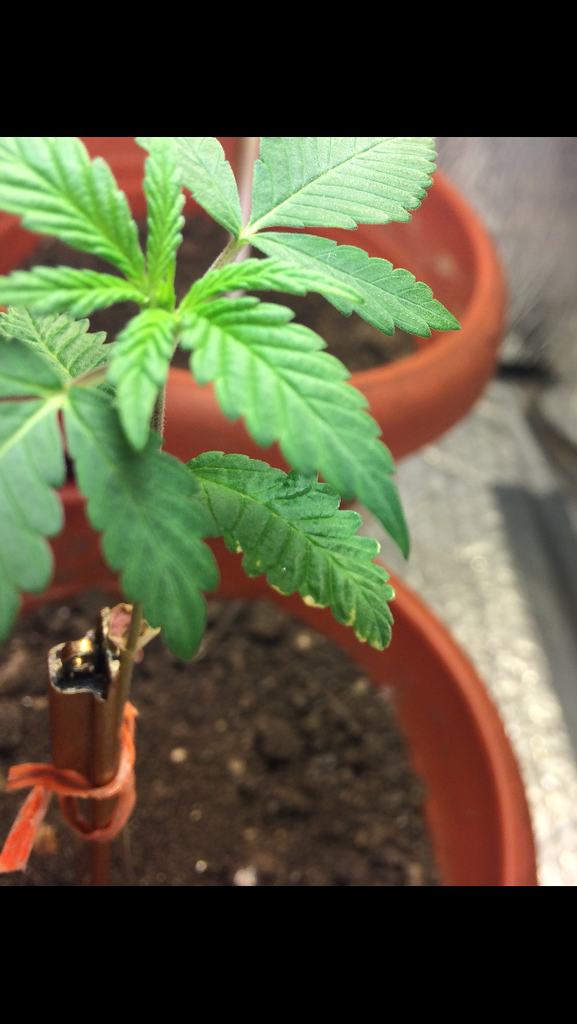
This is the short plant
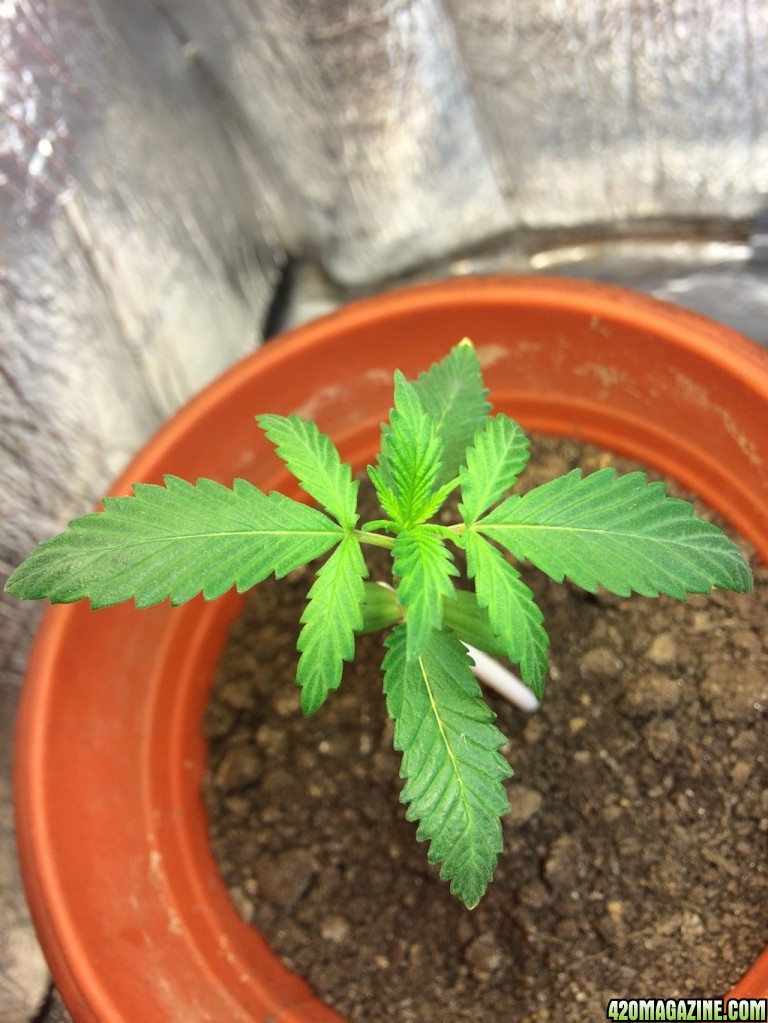
This is the yellowing
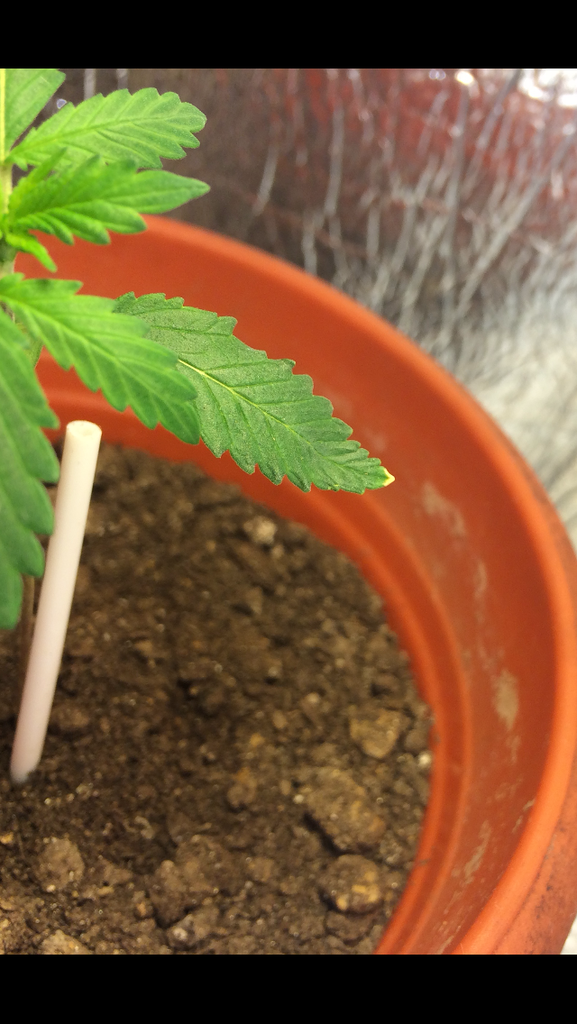
Just an overview of things
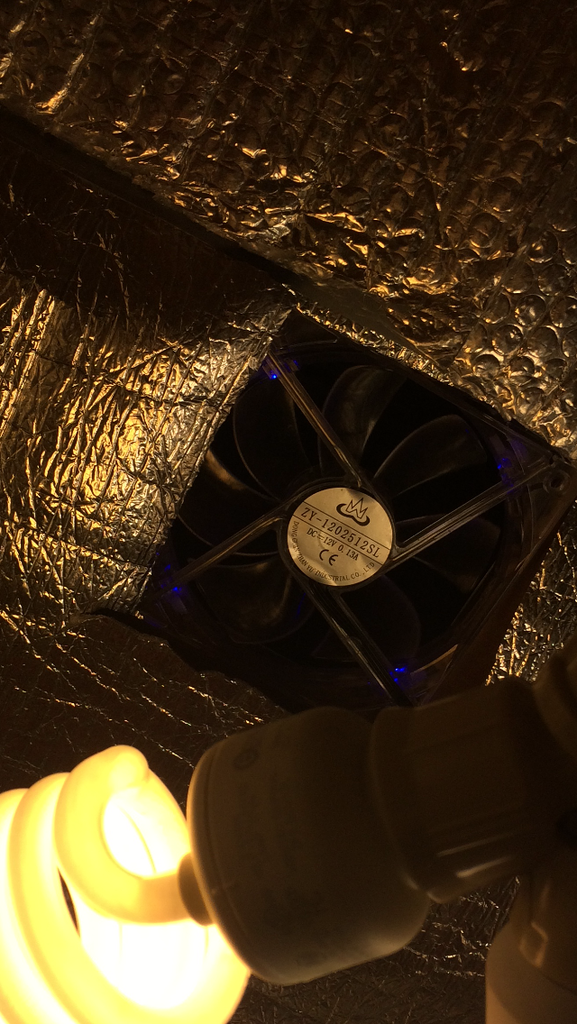
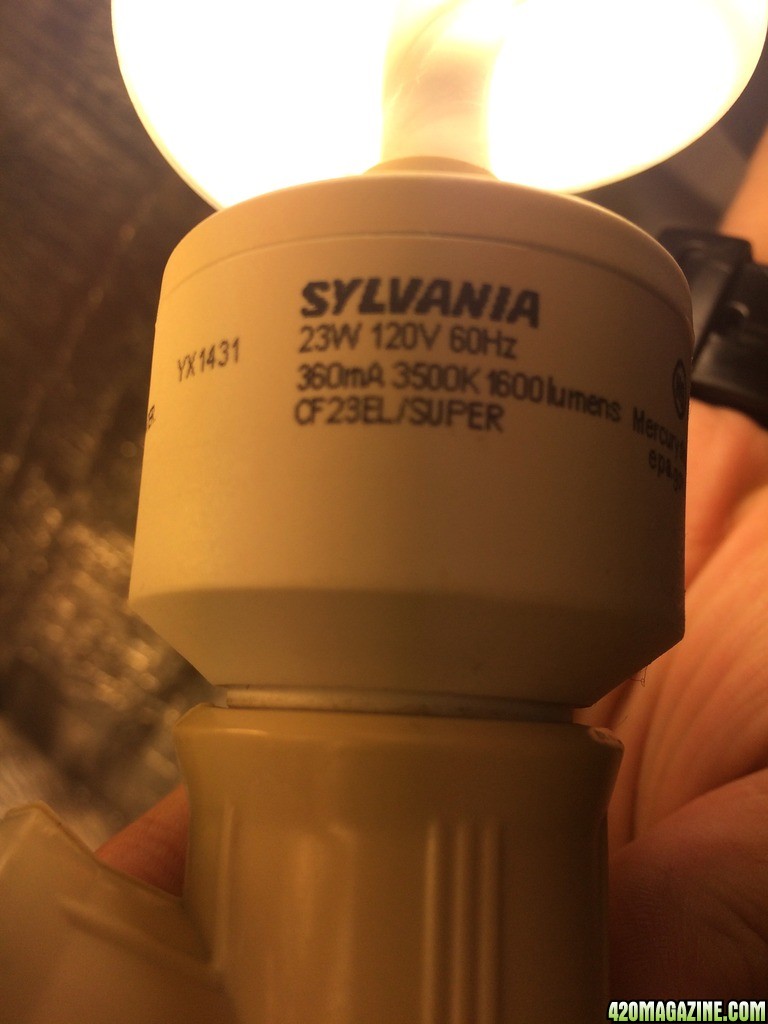
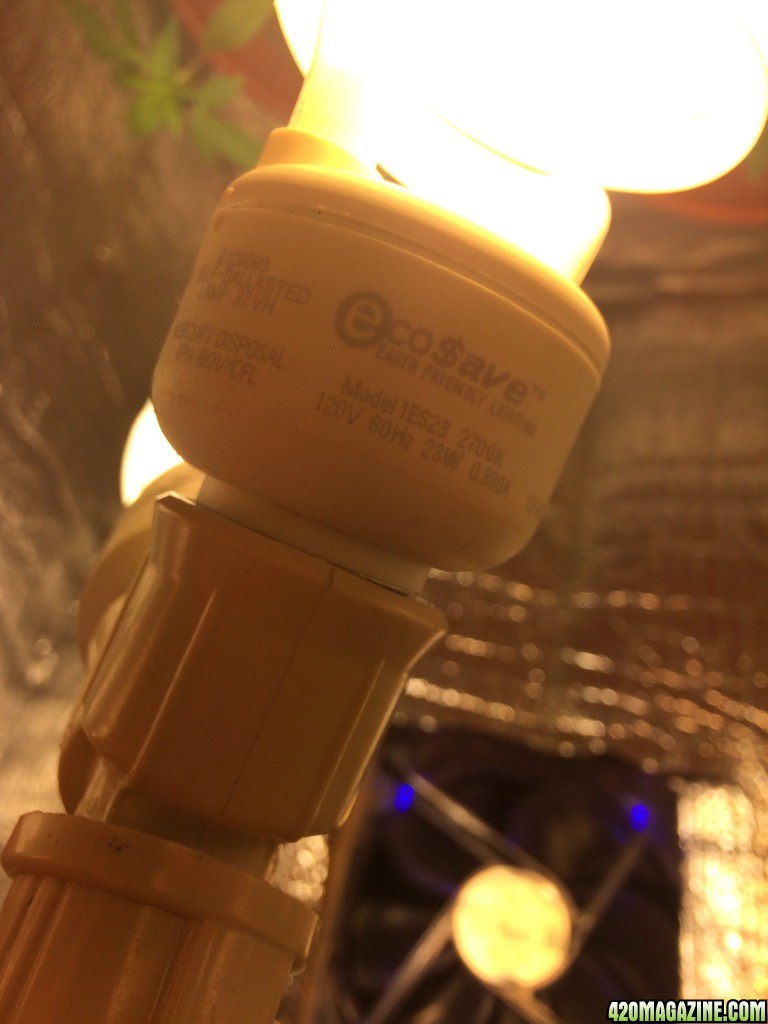
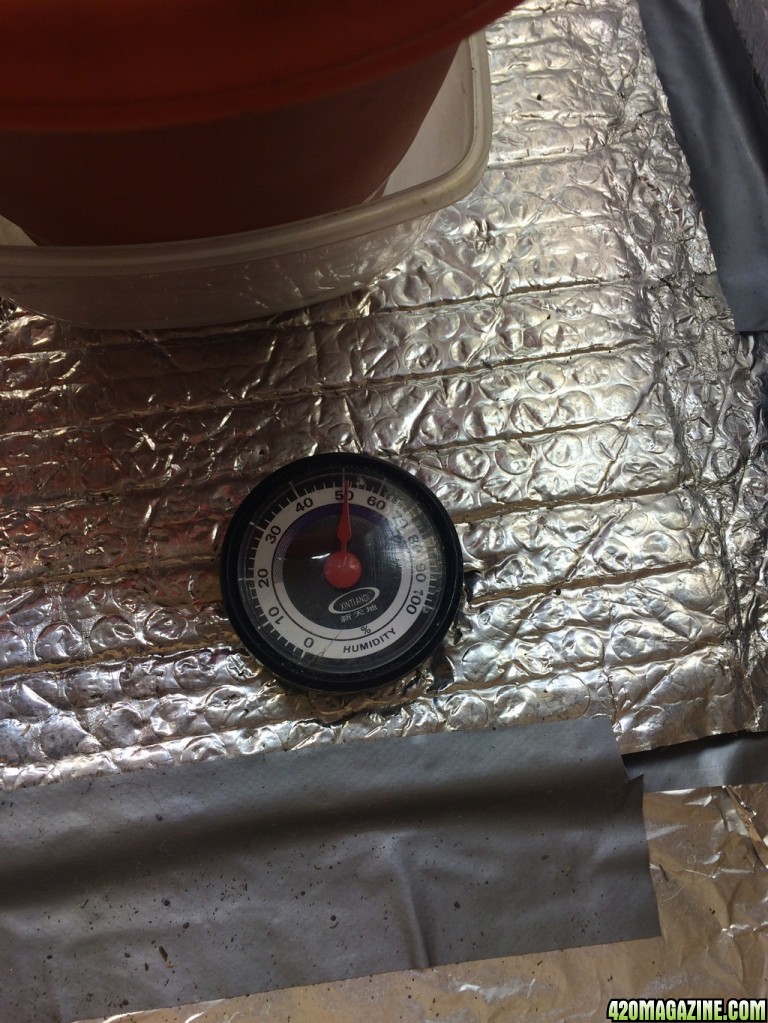
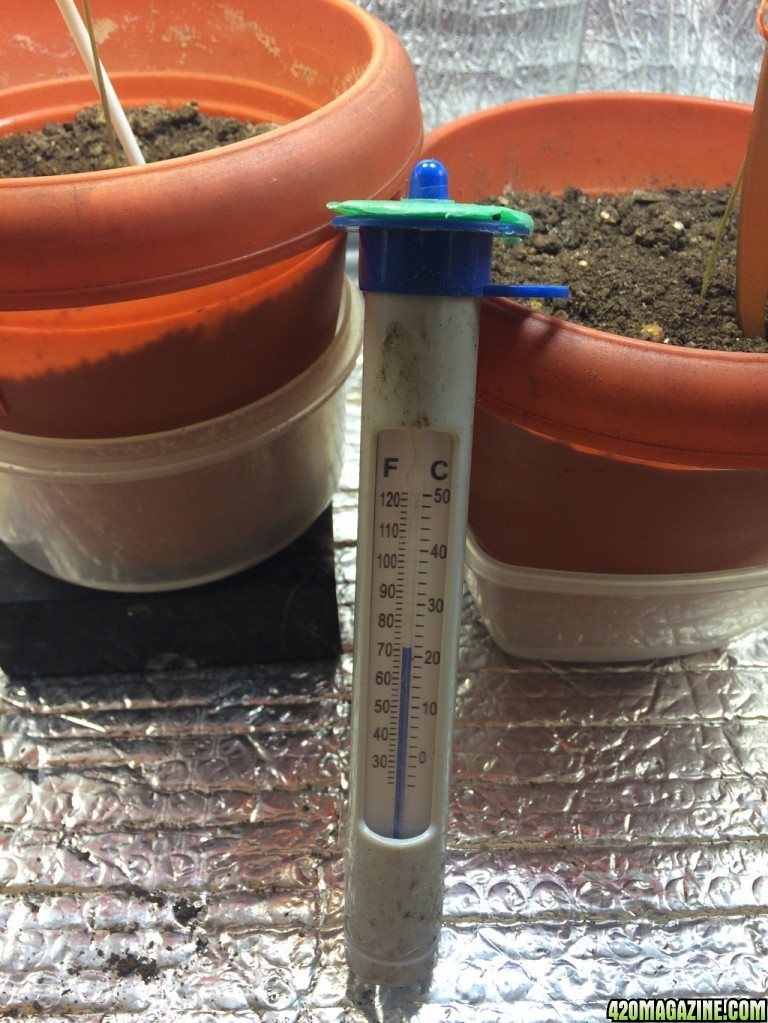
Tell me what you guys think. Suggestions and ideas, please, share the knowledge
I wanted to know if this is basically the first stage of Vegetation.
Even though I know I shouldn't, I diluted about 20 ounces of water with one teaspoon of GrowBig and I put it in a spray bottle and I moistened the soil. I don't spray directly on the plants. Just a mist in the air for humidity.
I just started giving them this water about 2 days ago. The yellowing on the leafs were there before I put nutrients in the water. So I'm guessing its because the plant had water on it and the lights burned through it.
I don't overwater my plants, at all and I usually keep the temperature at 70 through 80.
I also have it next to my window so it has plenty of natural air flowing through it via the fan as well.
The left light is 2700k 23w
The right light is 3500k 23w , I will get more later, I'm on a tight budget

I have a timer set for 16 hours on and 8 hours off.
This is the tall plant which is about 5 1/2 inches.

This is the yellowing:

This is the short plant

This is the yellowing

Just an overview of things





Tell me what you guys think. Suggestions and ideas, please, share the knowledge




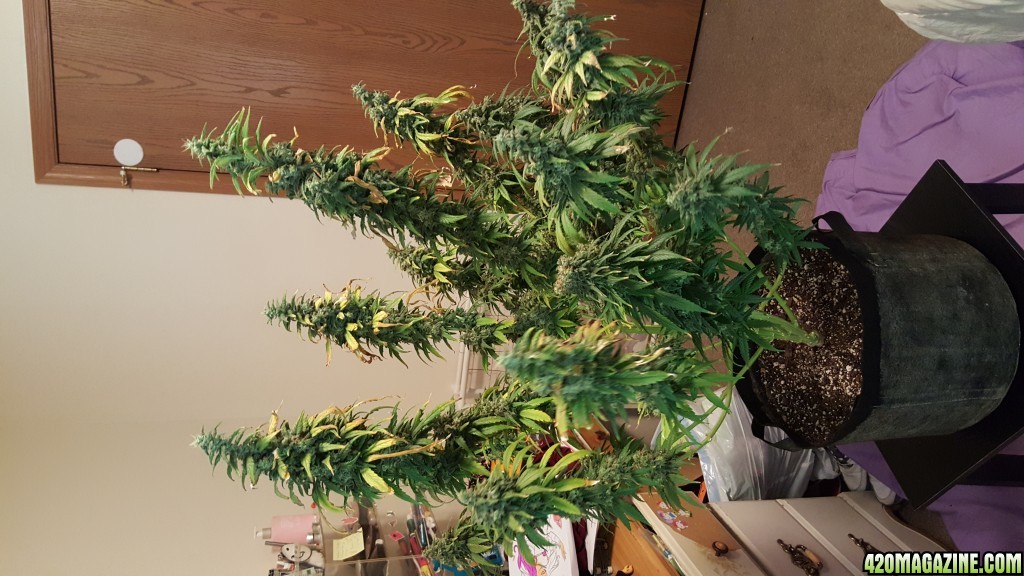
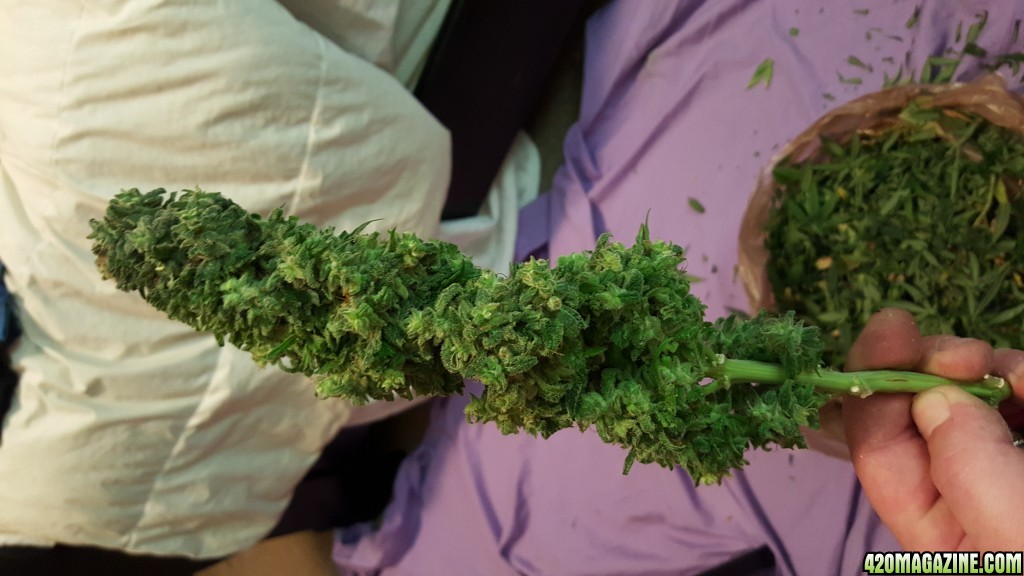
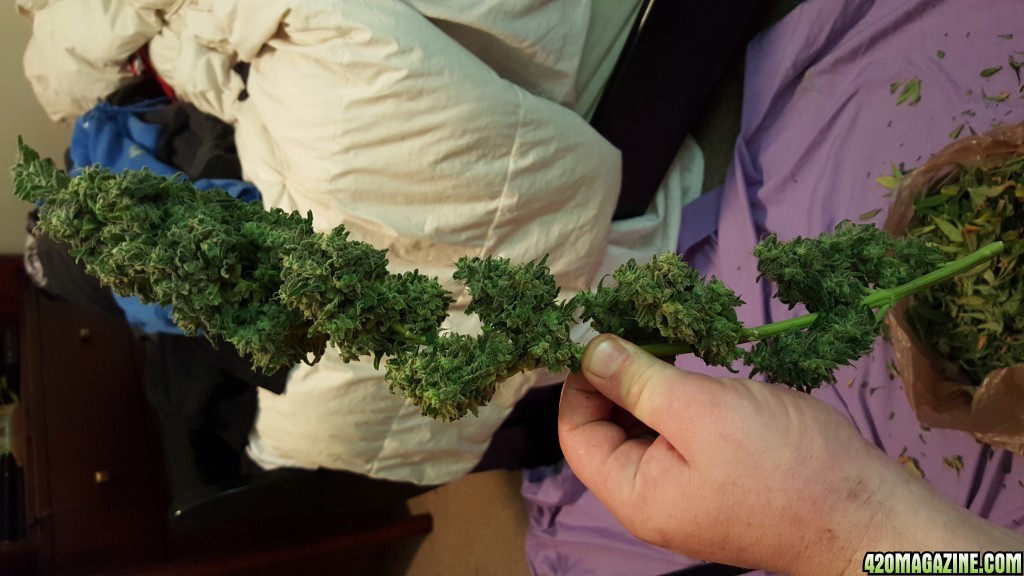
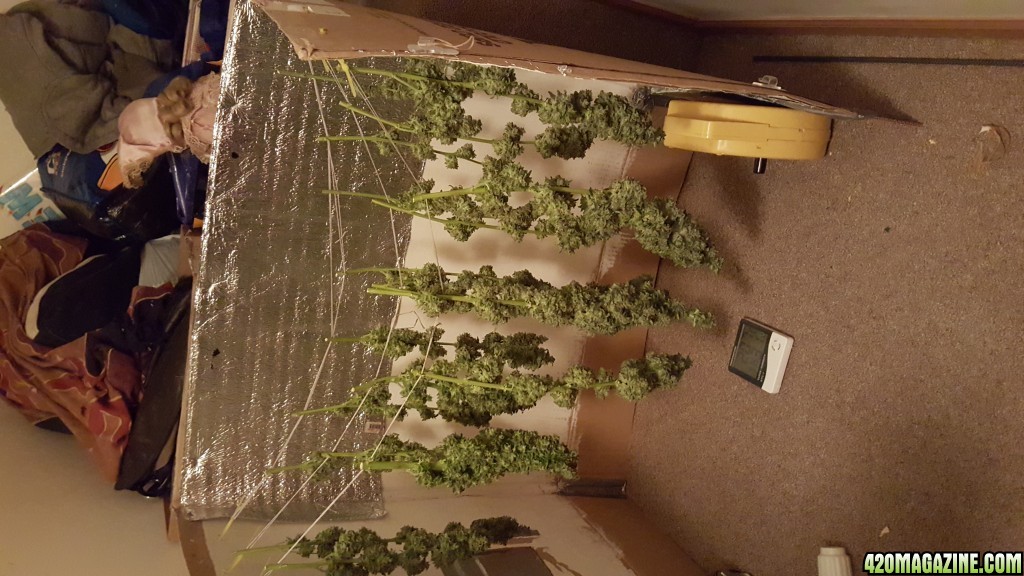
 . Their fixtures were also easier to remove the ballasts from than the CFL bulbs' ones are. They only really worked well with scrog grows, though, where one could match the flat canopy to the flat lighting.
. Their fixtures were also easier to remove the ballasts from than the CFL bulbs' ones are. They only really worked well with scrog grows, though, where one could match the flat canopy to the flat lighting.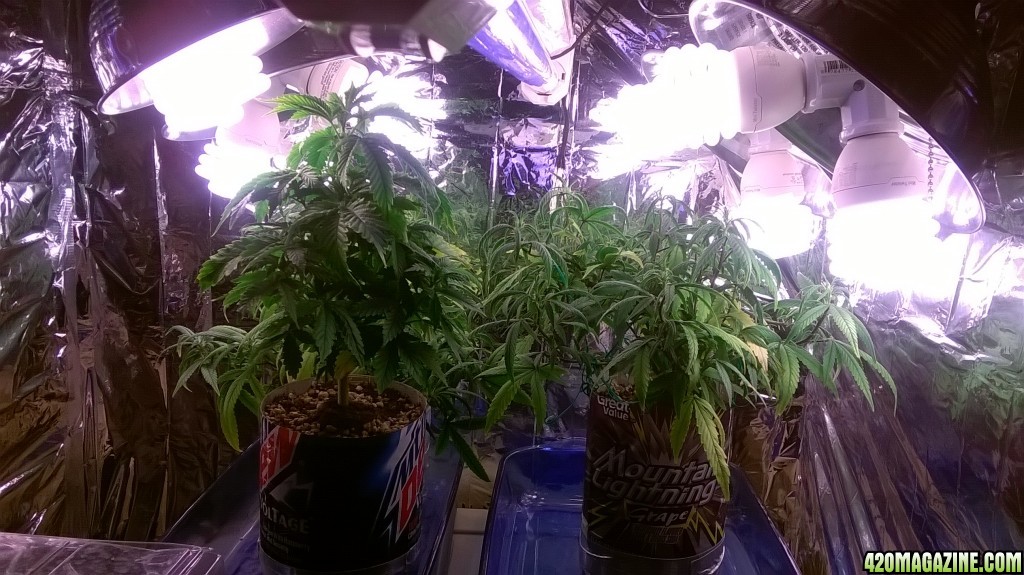
 . Me, I have CRS
. Me, I have CRS  ? If it had been ME, that did such a thing, I wouldn't have mentioned such a faux pas again. But to each his, her, or its own I guess
? If it had been ME, that did such a thing, I wouldn't have mentioned such a faux pas again. But to each his, her, or its own I guess 